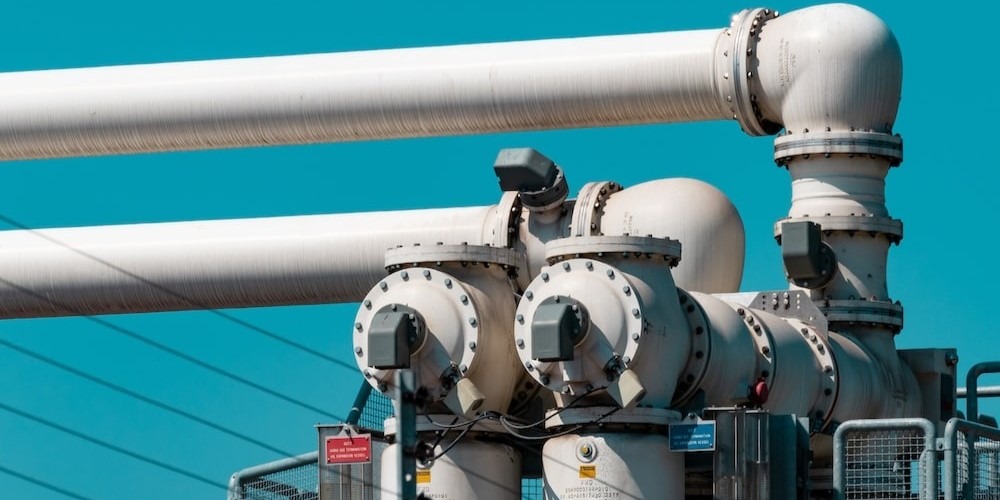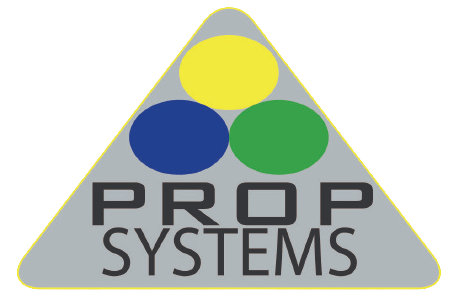Predicting Ruptures on Operating Pipeline
- 651 Dauntless Pkwy, Elmont, NY 11003
- propsystems25@yahoo.com
- (877) 710-7926

See “Methane Madness” Map
See “Methane Madness” Map: Between 2010 – 2017 enough natural gas leaked to heat over 230,000 homes for a year, took nearly 100 lives and injured almost 500 people in the U.S. —> See Methane Madness Map
Uncovering the Methane Danger
The Methane Franticness Guide illustrates the ecological and cultural effect of gaseous petrol spills in the US somewhere in the range of 2010 and 2017. Past being a wellspring of energy, flammable gas, essentially made out of methane, has turned into a reason to worry because of its intense ozone harming substance impacts and the risks presented by uncontrolled holes. In this top to bottom investigation, we dive into the stunning measurements, ecological outcomes, and human cost related with the methane franticness that unfurled during this period.
The Methane Threat Uncovered
To grasp the weightiness of the circumstance, it is urgent to comprehend the size of gaseous petrol spills during the seven-year time frame being referred to. The Methane Franticness Guide uncovers that enough gaseous petrol spilled to warm north of 230,000 homes for a year. This stunning volume addresses a critical monetary misfortune as well as raises worries about the ecological effect of the delivered methane, an ozone harming substance that is roughly multiple times more intense than carbon dioxide north of 100 years.
Ecological Outcomes
The ecological ramifications of methane spillage reach out a long ways past the quick financial misfortunes. Methane, when delivered into the environment, adds to an Earth-wide temperature boost and environmental change. The Methane Franticness Guide fills in as a visual portrayal of the geological spread of these holes, underlining the pressing requirement for extensive measures to check such emanations.
As methane is delivered, it collaborates with daylight and other environmental parts, shaping ground-level ozone. This ozone, thus, can prompt respiratory issues, harm to vegetation, and other antagonistic wellbeing impacts. The ecological outcomes highlight the significance of tending to the main drivers of flammable gas releases and executing successful moderation techniques.
Human Cost
The Methane Franticness Guide features the ecological effect as well as causes to notice the human cost related with flammable gas spills. Almost 100 lives were lost during the period, and near 500 individuals endured wounds because of these episodes. These sobering measurements request a nearer assessment of the wellbeing conventions set up, the reaction components to such holes, and the general readiness of networks to deal with these crises.
Reasons for Methane Breaks
Understanding the elements that add to methane spills is fundamental for creating successful avoidance and moderation techniques. Normal causes incorporate gear glitches, maturing foundation, and deficient support. The Methane Franticness Guide fills in as a device to recognize areas of interest and examples, working with a designated way to deal with address the underlying drivers of these holes.
Administrative Scene
To handle the methane threat, it is urgent to look at the current administrative structure overseeing the oil and gas industry. The Methane Frenzy Guide can be used as an asset to assess the viability of current guidelines and recognize regions that require reinforcing. A far reaching examination of administrative measures will assist with guaranteeing that businesses are considered responsible for forestalling and answering methane spills.
Mechanical Advancements and Arrangements
Headways in innovation assume a crucial part in relieving methane spills. From refined observing frameworks to inventive break discovery advances, the Methane Franticness Guide can direct the execution of cutting edge arrangements. By putting resources into innovative work, the business can take on state of the art advances to limit methane outflows and upgrade generally wellbeing.
Local area Commitment and Readiness
Notwithstanding administrative measures and mechanical progressions, local area commitment is crucial in building strength against methane spills. The Methane Franticness Guide can act as a specialized instrument to bring issues to light among networks dwelling close to expected areas of interest. Cooperative endeavors between industry partners, nearby legislatures, and occupants can add to a proactive methodology in tending to the dangers related with flammable gas spills.
Conclusion
The Methane Madness Map provides a sobering snapshot of the environmental and human impact of natural gas leaks in the United States between 2010 and 2017. As we navigate the complex landscape of energy production and consumption, it is imperative to prioritize the development and implementation of sustainable practices to minimize methane emissions. This comprehensive exploration sheds light on the urgency of addressing the methane menace, emphasizing the need for regulatory reforms, technological innovations, and community involvement to build a safer and more sustainable future.
